Drones need essential aero nautical information to fly safely
Much like manned aviation, unmanned flights rely on accurate aeronautical information to stay informed about the weather, airspace restrictions, and regulations during a flight. The variety and complexity of drone operations requires a different approach to managing this aeronautical information.
The DREAMS project set out to identify gaps between existing information used by manned aviation and new needs coming from U-space. Unmanned aviation requires a comparable level of information with the same level of integrity and reliability as manned aviation. In this respect, DREAMS assessed the present and future needs of aeronautical information to support the growth of unmanned aviation and ensure the safety of operations.
The gap analysis carried out by the DREAMS partners analysed operational and technical aspects, environmental scenarios, technologies, safety and security impact in order to identify possible U-space data - including airspace structure, drone data, flight plan, obstacles and weather - and related service providers and facilities required by drones. The work was validated through simulations and examined how information might be sourced, managed and disseminated. It also looked at technologies needed to support remotely piloted flights, such as geo-fencing and flight planning management functionalities. It recognised the importance of information quality for drone operators and the need to provide sufficient information on active drones for other airspace users.
The project concluded aeronautical information available today is insufficient to support U-space operational needs without some extension or tailoring and additional research. It confirmed, for instance, that U-space will need new aeronautical features such as geofencing and geo-caging (to instruct a drone where it can fly), geo-vectoring (how to fly) and speed vectors. Several data formats were identified – for example AIXM and GeoISON – which might be needed to ensure data quality and performance. Similarly, several protocols would be necessary to enable data exchange with different client capabilities. DREAMS also concluded that the aeronautical data exchange service should provide data querying capability in terms of feature type and attribute, and any data suppliers should include data sources in keeping with the open-data environment. In terms of preferred development, the research partners concluded that a microservice approach would be the best option and fully compliant with SESAR JU and CORUS CONOPS architecture principles.
Latest news:

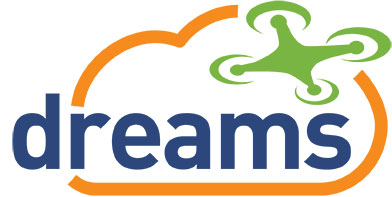
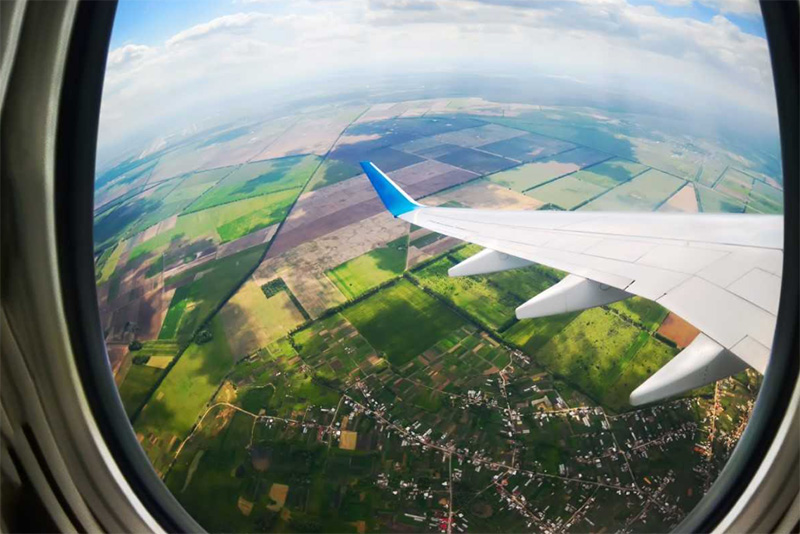
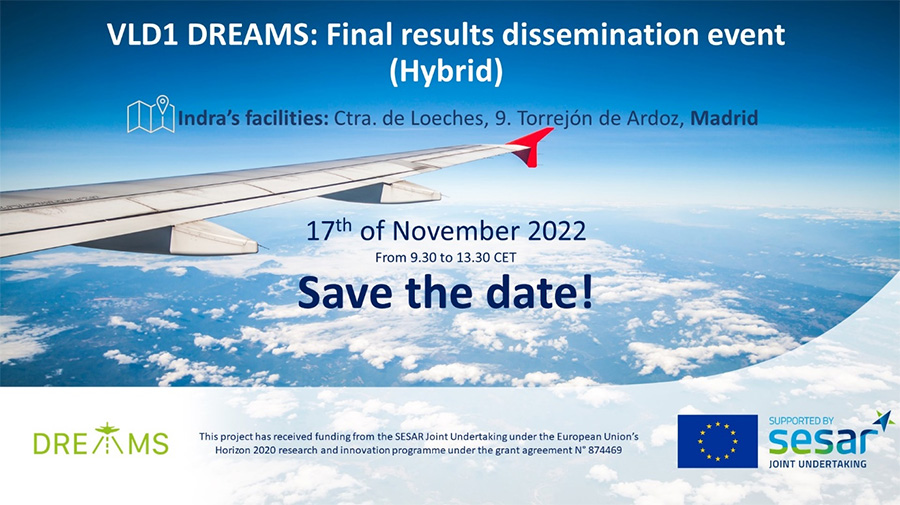
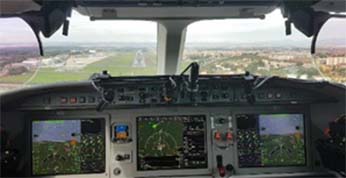
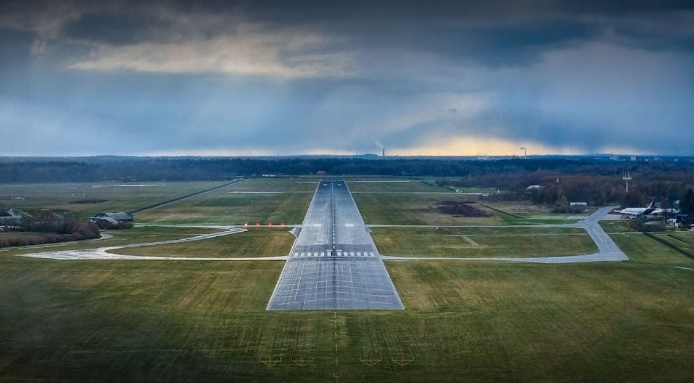
 IDS – Ingegneria Dei Sistemi S.p.A.
IDS – Ingegneria Dei Sistemi S.p.A.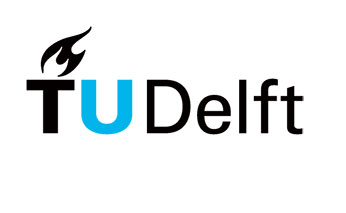 DELFT UNIVERSITY OF TECHNOLOGY – Faculty of Aerospace Engineering
DELFT UNIVERSITY OF TECHNOLOGY – Faculty of Aerospace Engineering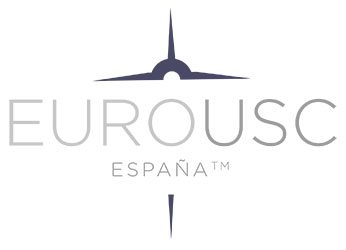 EuroUSC España, S.L.
EuroUSC España, S.L. EuroUSC Italia
EuroUSC Italia TopView SRL
TopView SRL